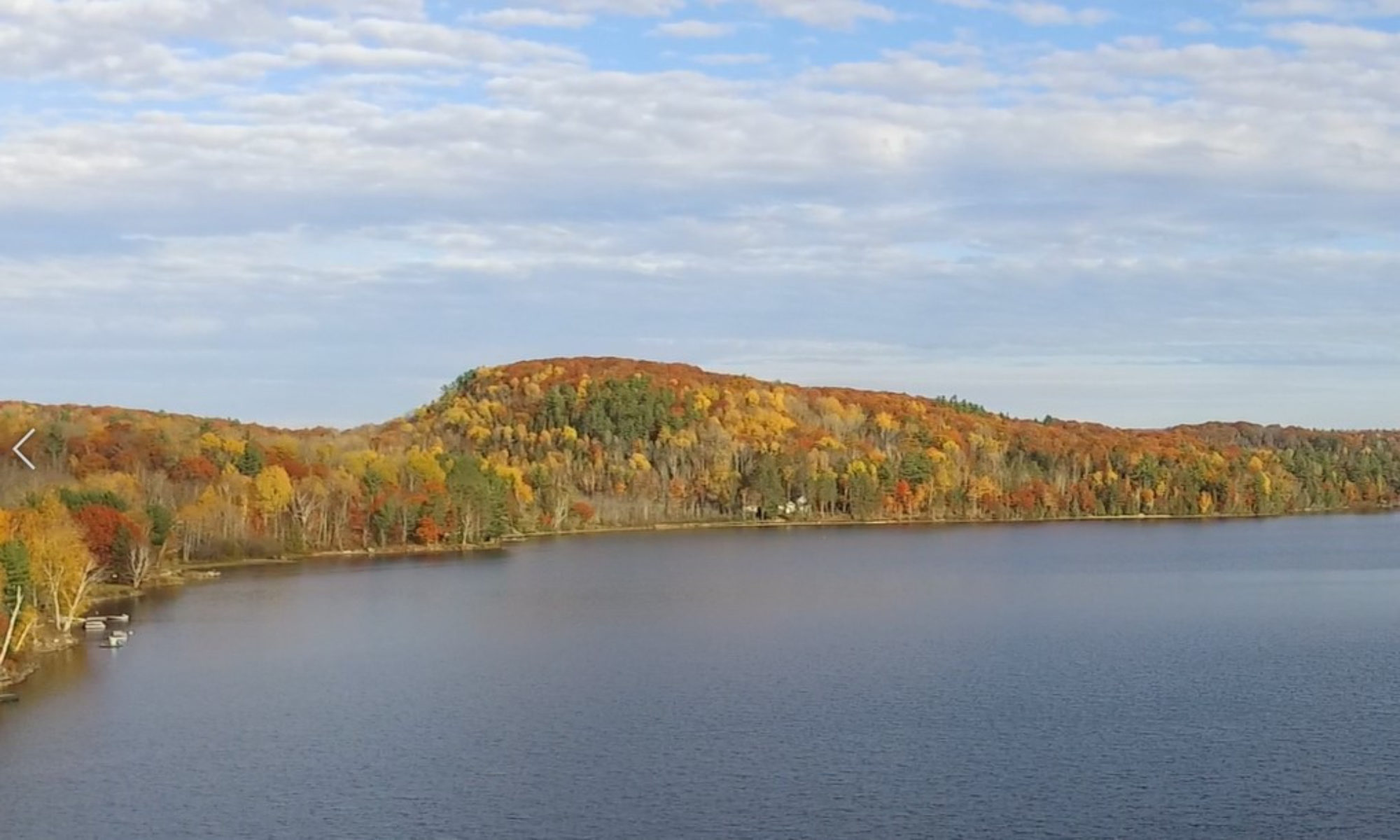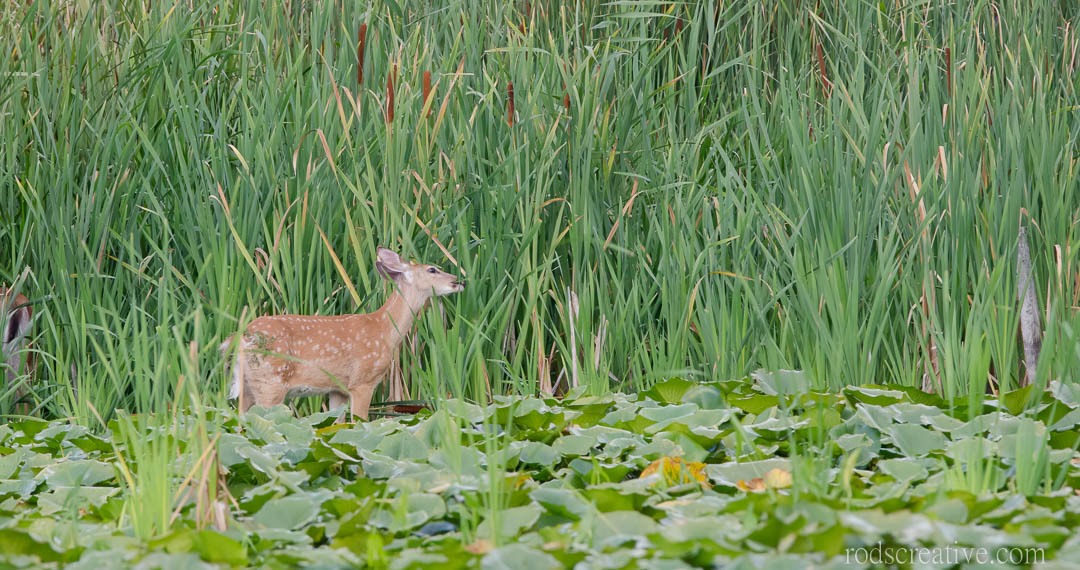Have a look at my Wildlife photography portfolio.
Why focus on Wildlife Photography?
According to a recent UN publication, one in four species on our planet is in danger of extinction. I believe that it is our duty, as members of the human race, to do whatever we are capable of to preserve what we can of our natural environment. Through my photography I hope to educate and instill a fondness for nature, and a desire to work towards this goal in others.
My Personal Code of Ethics For Wildlife Photography
As a life-long admirer of nature, and with the understanding that everything we humans do affects our environment, I always try to weigh the effects of what I do to maximize the positive effects to the natural environment and wildlife around me. Part of that is to learn as much as I can about the natural environment in which I am photographing nature, and about the animals I am photographing. And importantly, sharing some of that information along with the photographs whenever possible, so that others viewing these images can also better appreciate it beyond just a pretty picture. I try to advocate for the protection of the environment through the use of my photography.
I strive to represent the subjects of my photographs as truly as possible. For me that means:
- Always trying to minimize my own impact on the behavior of the wildlife, learning the signs of stress that the animals may display and trying to avoid causing stress.
- Always trying to protect wildlife from harassment from other human beings
- Minimal use of pixel editing tools like spot healing brush
- Adjusting exposure (over all, and as vignette, dodge, burn…) and colour only to bring the image more toward a state that represents reality of the scene as I saw it, and to better focus attention of the viewer on significant parts of the photograph (drawing attention to the subject).
- I will not use composite techniques or alter the shape of the subject, add elements to the photo that were not there, or remove significant elements of the photo through cloning.
- I will never bait wildlife other than with birdseed for songbirds. Generally feeding wildlife is not good either for the animals or for the people who live around them, however, songbird populations thrive better where they are able to supplement their diet with seed provided by humans.
- Where a photo was made of a captive animal, this will be disclosed in captions.
- When photographing wildlife in parks and conservation areas I always familiarize myself with the rules and laws and follow them. This incudes sticking to established trails designed to minimize human impact on the natural environment.
- When photographing on private land always obtaining permission of the landowner
- When photographing on Crown/public land, behaving as a guest in the home of the plants and wildlife that live there
In general, I aim to stick to the NANPA Ethics of Field Practices, and Truth in Captioning guidelines

